Reviews:
No comments
Related manuals for ACCURA VIEW Zoom 90

T8
Brand: VEKOOTO Pages: 18

E
Brand: Zenith Pages: 18
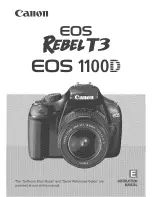
CANON EOS 1100D
Brand: Canon Pages: 112
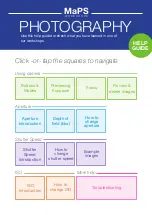
80D Experience
Brand: Canon Pages: 15
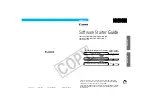
Digial IXUS 330
Brand: Canon Pages: 123
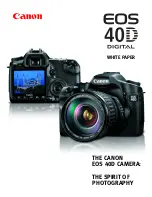
40D - EOS 40D DSLR
Brand: Canon Pages: 44
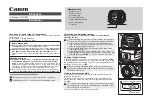
EF35mm f/2 IS USM
Brand: Canon Pages: 2

EF300mm f/2.8L IS II USM
Brand: Canon Pages: 13

EF28-135mm f/3.5-5.6 IS USM
Brand: Canon Pages: 9

Canonet G III QL17
Brand: Canon Pages: 14

Digital Elph SD500
Brand: Canon Pages: 6

PowerShot SD630 Digital ELPH Camera
Brand: Canon Pages: 2

2GIG-CAM-100W
Brand: 2gig Technologies Pages: 8

Plus Series
Brand: QSee Pages: 9
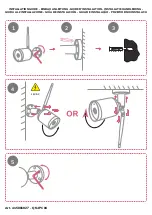
QN-IPC04
Brand: QNect Pages: 2

LUMIX DMC-GM5K
Brand: Panasonic Pages: 52

Lumix DMC-LC5
Brand: Panasonic Pages: 104

Lumix DMC-GH2EB
Brand: Panasonic Pages: 200

















